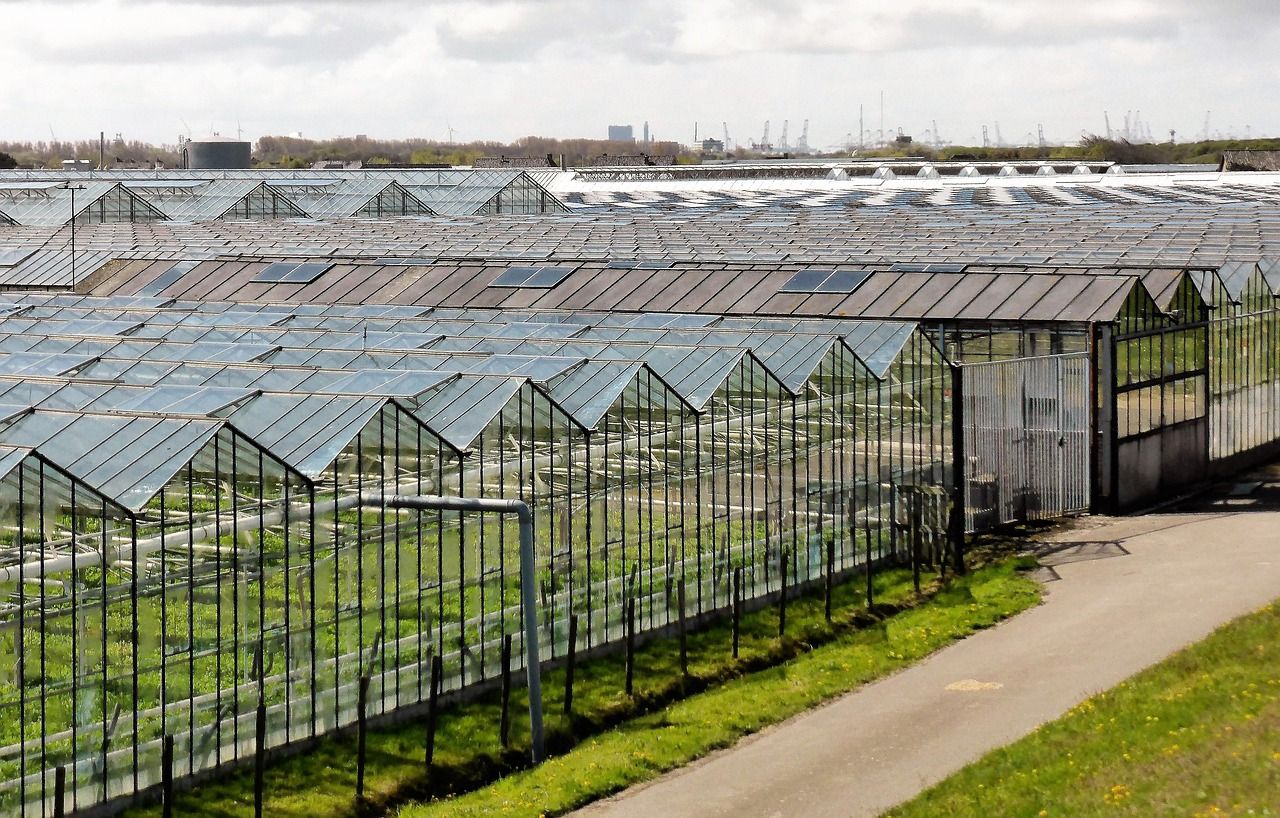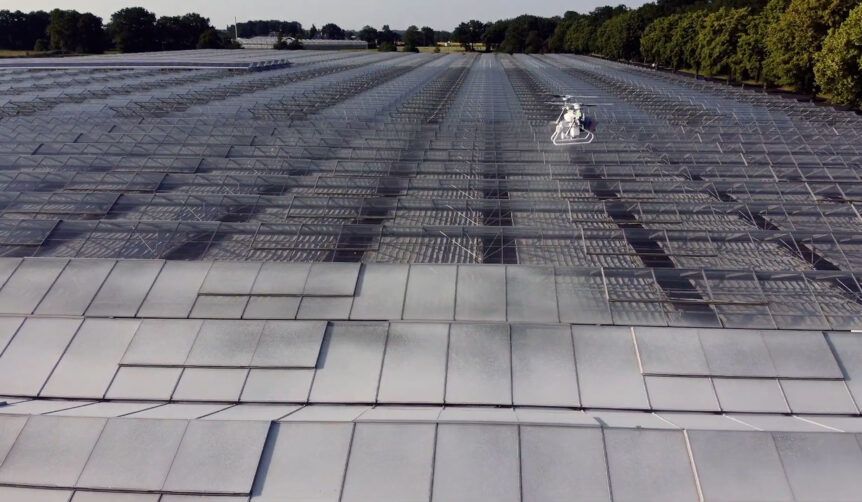The most profitable farms today don’t just work harder they work smarter. Precision drones are helping growers do exactly that by delivering inputs only where they’re needed, when they’re needed, at the exact rate that delivers a return. From precision aerial application and spot treatments to seeding, spreading, and even greenhouse shading by drone, Specialty Drone Solutions equips Southern California growers with licensed teams, calibrated hardware, and data-driven workflows that move the needle on yield, quality, and sustainability.
Below, we break down what’s possible now, where drones outperform traditional methods, and how to decide what’s right for your acres this season.
Why Drones and Why Now?
Traditional ground rigs and fixed-wing/helicopter applications still have a place, but they also bring tradeoffs: soil compaction, crop damage in late-season passes, high minimum volumes, and costly setup for small, irregular, or hilly fields. Agricultural drone services flip that equation:
- Precision, not averages: Metered pumps, tuned nozzles, and flight plans deliver consistent swath overlap, correct droplet size, and uniform coverage even on slopes and terraces.
- Zero compaction: No wheel tracks, no ruts, no stand losses from turning rows.
- Access anywhere: Complex terrain drone application reaches terraces, orchards, vineyard blocks, canal edges, and wet pockets that ground rigs can’t safely access.
- Right-sized economics: Viable for partial fields, field edges, trial blocks, and rapid re-entries after rain or irrigation.
Drone Spraying vs. Traditional Spraying
If you’re comparing drone spraying vs traditional spraying, look at these four variables:
- Coverage & Canopy Penetration
- Drones fly low, maintain constant height, and use downward rotor wash to drive droplets into the canopy. In orchards and vineyards, that induced airflow is a big advantage versus booms on uneven ground.
- Droplet Size & Drift Control
- Nozzle selection (e.g., XR/AI style), pressure, and flight speed set droplet spectrum. Properly set drones achieve commercial spray quality while minimizing drift especially on windy afternoons when ground rigs struggle to keep booms level.
- Water Volume
- Drones often run lower carrier volumes with multiple quick turns (battery + tank swaps). Less water hauled = faster logistics and fewer refill trips.
- Timeliness
- Weather windows are shrinking. Drone teams can stage near the field and treat fast between wind spikes or fog burn-off, preserving efficacy on time-sensitive fungicide or insecticide passes.
Bottom line: For small, irregular, hilly, or high-value crops drones win on precision, timeliness, and crop preservation. For broad, flat commodity acres with long runs at high gallons-per-acre, traditional rigs may still be the economical choice. Many top growers use both.
Precision Aerial Application: Getting the Recipe Right
Great outcomes start before take-off:
- Prescription maps: Variable-rate or zone-based plans target hotspots and skip low-value zones.
- Calibration & QA: Bench-test pumps and flow meters; confirm nozzle output and pattern; run a paper-test or water-sensitive card strip to validate coverage.
- Flight planning: Altitude, speed, swath width, and cross-wind headings are chosen to maintain overlap and minimize drift.
- Recordkeeping: Digital job logs (date, time, weather, product, rate, total area) support compliance and agronomic traceability.
Specialty Drone Solutions handles the above as standard—so you’re not paying for learning curves in-season.
Spot Treatment Drones: Treat the 5% that Steals 20%
Weeds along fence lines, disease pockets after a dew event, vole burrows near headlands these small areas drain outsized profit. Spot treatment drones slash waste by treating exactly where pressure exists:
- NDVI/thermal scouting targeted pass: Sensing reveals stress; a follow-up spray drone executes only on those polygons.
- Resistant patches: Precise chemistry placement reduces selection pressure across the whole field.
- Border & ditch lines: Treat safely without driving on soft edges or into ruts.
Result: higher efficacy with fewer gallons and fewer crop touches.
Drone Seeding & Spreading: Fast Coverage, Perfect Placement
Drone seeding technology and drone spreading in agriculture open new in-season options:
- Cover crops after harvest: Seed immediately no waiting for ground conditions to firm up.
- Interseeding into standing crop: Establish covers in wide-row corn or orchard middles without wheel damage.
- Fertilizer & soil amendments: Precise distribution of micros, prills, or biologicals on zones that need them most.
- Beneficial release: Disperse predators or pollinator mixes evenly across canopies you can’t drive.
Calibrated gates and flight lines keep rates consistent and eliminate the “heavy-at-the-turn” stripes common with hasty ground spreads.
Greenhouse Shading By Drone
Managing heat stress in high-radiation periods doesn’t have to mean full re-skinning or downtime. Greenhouse shading by drone:
- Applies temporary shading compounds evenly across ridge lines and awkward roof geometries.
- Hits hard-to-reach bays without lifts or scaffolding.
- Allows selective re-applications or wash-off zones to tune light levels by crop stage.
For specialty crops and propagators, this is a fast, low-disruption tool to protect quality.
Compliance, Licensing & Safety
Professionalism matters. Licensed drone farming services protect your business and label integrity:
- FAA Part 107 remote pilots for legal commercial ops.
- Where required, agricultural aircraft operations approvals (e.g., Part 137 in the U.S.) for commercial spray/spread work.
- Site surveys, airspace checks, observer roles, buffer compliance, and neighbor notifications where appropriate.
- PPE, chemical handling, container triple-rinse, and transport per label and local regs.
- Weather and drift-reduction protocols (droplet size, boom/nozzle choice, swath headings).
Specialty Drone Solutions brings certified pilots, documented SOPs, and full job records so your audits go smoothly and your applications stay on-label.
What a Field Day with Specialty Drone Solutions Looks Like
- Intake & agronomy brief: Crop, target, product(s), rate(s), PHI/REI, and timing window.
- Map & plan: Boundaries and obstacles marked; flight lines and staging set; prescriptions loaded.
- Calibration & test pass: Confirm flow and pattern; check cards or test plants.
- Execution: Multiple aircraft rotate (charge/swap/refill) to maintain continuous productivity.
- Post-job report: Acres, rates, weather, and flight logs delivered for your records.
Pro Tip
Chase timing before rate. In many fungicide and insecticide programs, being on-time at the labeled rate beats being late at a higher rate. Drones shine because they can mobilize fast and sneak treatments into narrow weather windows protecting efficacy curves and residue compliance.
Key Takeaways
- Precision aerial application targets inputs where they pay, avoiding blanket passes that waste product.
- Drones vs. traditional isn’t either/or use drones for tight windows, tough terrain, and high-value zones; keep rigs for broad, flat acres at high GPA.
- Seeding & spreading by drone unlocks interseeding and rapid cover-crop establishment without compaction.
- Spot treatments cure the “5% problems” that hurt your ROI.
- Licensed, documented operations keep you compliant and audit-ready.





